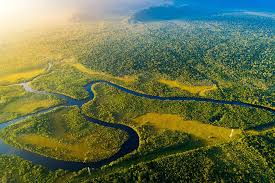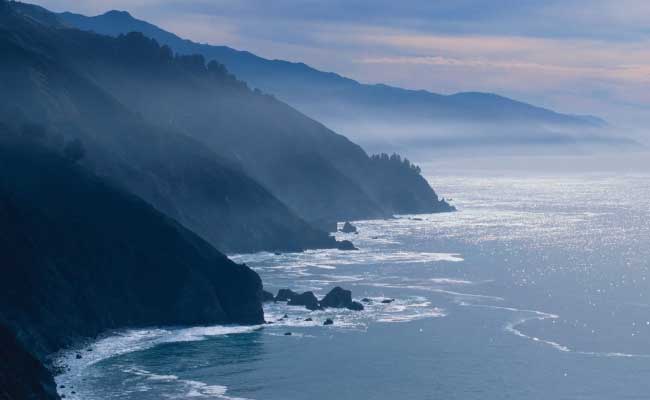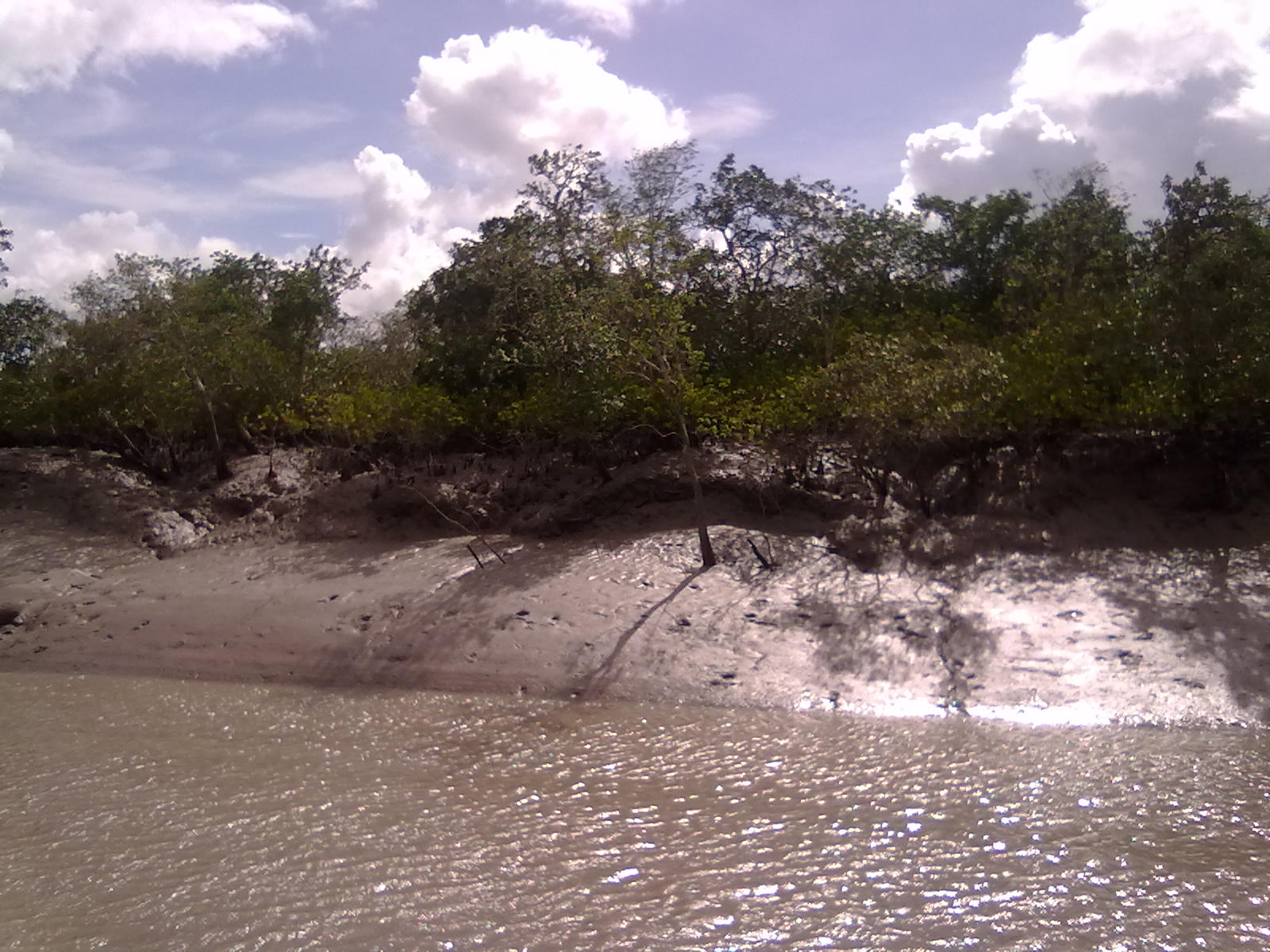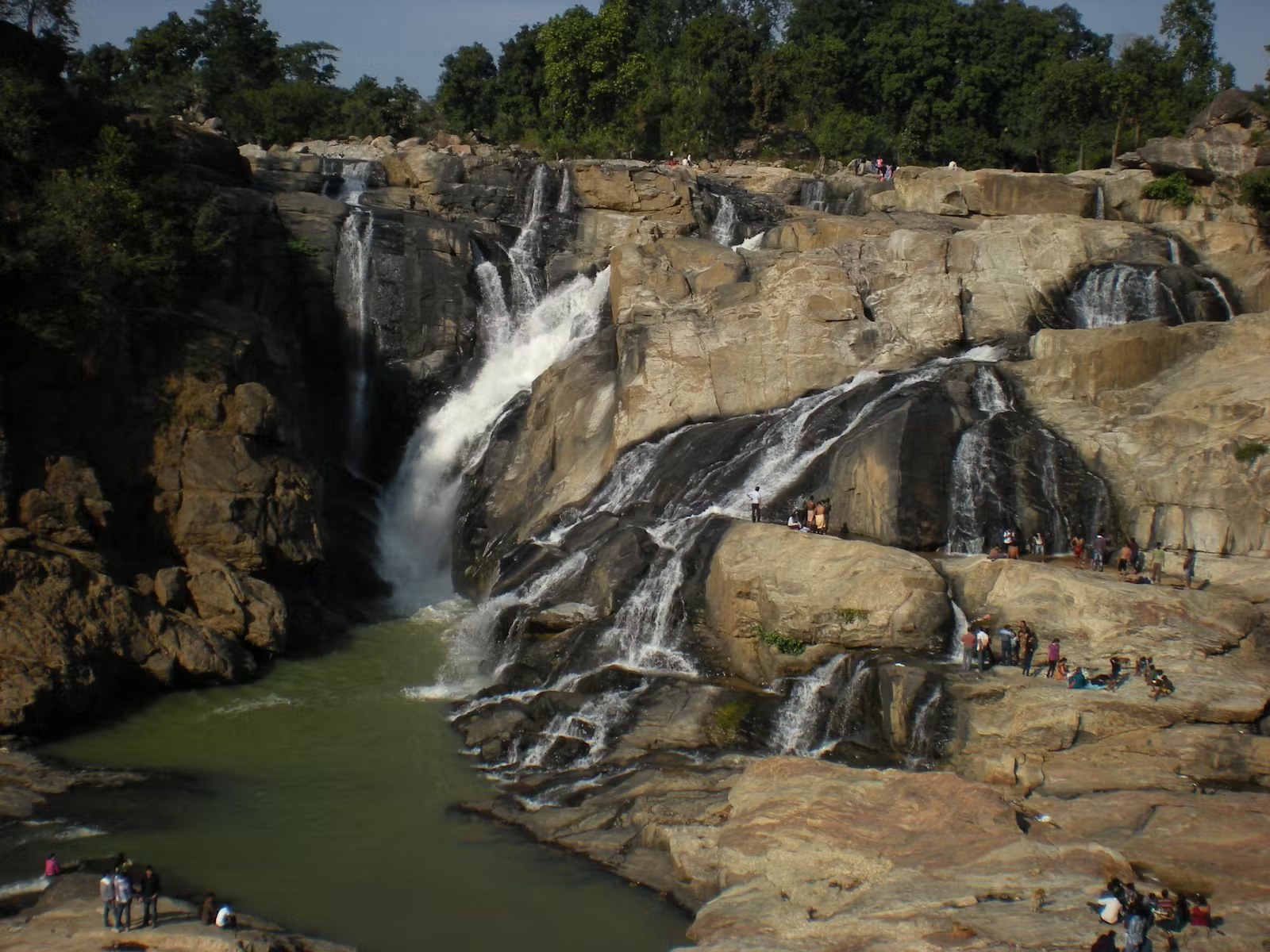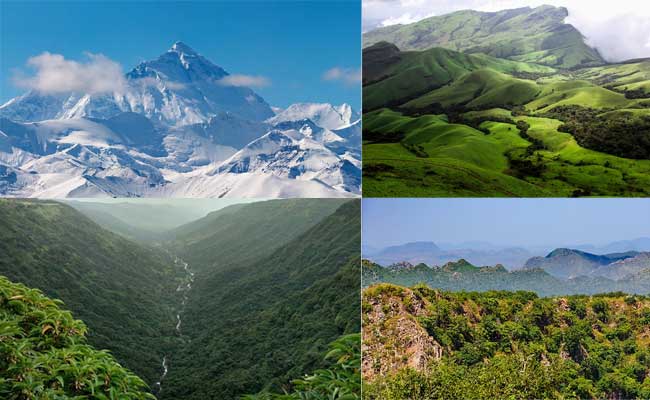The Amazon rainforest, often referred to as the “Lungs of the Earth,” is the world’s largest tropical forest and one of the most diverse ecosystems on the planet. Spanning over 5.5 million square kilometers and spanning nine countries, the Amazon is a wonder of nature. It provides shelter to countless species, influences global climate patterns and plays an important role in carbon sequestration.
Location and Size of the World’s Largest Tropical Forest
The Amazon rainforest extends across South America, primarily within Brazil, but also extending into Peru, Colombia, Venezuela, Ecuador, Bolivia, Guyana, Suriname, and French Guiana. The Amazon River, the world’s second-longest river, flows through the rainforest, providing life-sustaining water to the region.
The sheer size of the Amazon is staggering. Covering about 40% of South America, forests act as a huge carbon sink, absorbing carbon dioxide and releasing oxygen into the atmosphere. This natural process contributes to Earth’s breathing air and helps regulate the planet’s climate. Furthermore, the Amazon River Basin is home to 20% of the world’s freshwater supply, further highlighting the global significance of this tropical wonder.
Biodiversity: The wealth of flora and fauna
The Amazon rainforest is often described as the most biologically diverse region in the world. Its vast array of flora and fauna is unparalleled, with an estimated 390 billion individual plants representing 16,000 different species. More iconic plant species include the Brazil nut tree, the rubber tree, and the cacao tree, from which chocolate is made.

In terms of animal life, the Amazon is home to about 10% of the world’s known species. Its dense canopy shelters jaguars, sloths, toucans and macaws, while the river teems with animals such as piranhas, river dolphins and manatees. The Amazon has more fish species than the entire Atlantic Ocean. More than 2.5 million insect species, including ants, butterflies and beetles, also thrive in this humid environment.
Many of these species are endemic to the Amazon, meaning they are found nowhere else in the world. This unique biodiversity not only makes the rainforest an important hotspot for ecological research but also emphasizes the importance of its conservation.
Indigenous Cultures of the World’s Largest Tropical Forest
The Amazon rainforest has been home to humans for thousands of years, with its indigenous people playing an important role in maintaining the forest’s delicate balance. There are more than 400 distinct indigenous groups, most of whom live in isolated or semi-isolated conditions, following traditional lifestyles passed down from generation to generation.
These indigenous tribes depend on forests for everything from food and medicine to spiritual practice and shelter. Many have developed sustainable methods of hunting, fishing and farming that align with the natural cycle of the forest. Despite the pressures of modernization, some tribes continue to live without significant contact with the outside world, using their deep knowledge of forests to thrive in a highly complex ecosystem.
However, livelihoods of these indigenous communities are under threat due to deforestation, illegal logging and land grabbing. The loss of land not only threatens their livelihoods, but also the invaluable traditional ecological knowledge of these communities.
Role of the Amazon in climate regulation and global ecosystems
The Amazon rainforest plays an important role in regulating the Earth’s climate. Often referred to as the “lungs of the planet”, it absorbs large amounts of carbon dioxide (CO2) from the atmosphere and produces oxygen through photosynthesis. This carbon sequestration helps mitigate climate change by reducing greenhouse gases that trap heat and contribute to global warming.
Rainforests also have a significant impact on global weather patterns. The Amazon’s trees release water vapor into the atmosphere through a process known as transpiration, which helps regulate rainfall across South America. This moisture contributes to rainfall patterns that extend beyond the forests, affecting agricultural productivity and water supplies across the continent.
However, the ability of forests to act as carbon sinks is under threat. Deforestation for agriculture, cattle ranching, and illegal logging release stored carbon back into the atmosphere, reducing the ability of forests to mitigate climate change. As forests are destroyed, there is growing concern that the Amazon may be reaching a tipping point where it may transition from a carbon sink to a carbon source, accelerating global climate change.
Threats to the Amazon Rainforest

Despite its importance, the Amazon rainforest faces numerous threats. Among these, the biggest pressure is deforestation. Deforestation rates have accelerated in recent decades due to human activities, including agriculture, mining and infrastructure development. Vast tracts of forest are cleared for cattle ranching, soy cultivation and palm oil plantations, driven by global demand for these products.
Illegal logging also poses a serious threat, as vast areas of forest are harvested without regard to environmental regulations. Deforestation not only reduces biodiversity but also disrupts the ability of forests to store carbon, contributing to climate change.
Another challenge is the construction of roads and dams, which fragment forests, making it difficult for wildlife to thrive and indigenous communities to maintain their traditional lifestyles. These activities often open up previously inaccessible areas of forest to further exploitation.
Conservation Efforts and Future Outlook
In response to this threat, numerous conservation efforts are underway to protect the Amazon rainforest. Governments, NGOs and indigenous communities are working together to establish protected areas, promote sustainable land-use practices and combat illegal activities.
International organizations such as the World Wildlife Fund (WWF) and Greenpeace raise awareness of the importance of the Amazon and advocate for stronger environmental protection. Indigenous-led conservation initiatives have been recognized for their ability to respect indigenous peoples’ rights as well as protect biodiversity.
Restoration efforts, sustainable farming practices and eco-tourism are also seen as potential solutions to the challenges facing the Amazon. A balance between economic development and environmental conservation is possible by encouraging sustainable economic activities.
Read Also: The Effects of Pesticides on Pollinators and Ecological Balance
![]()

